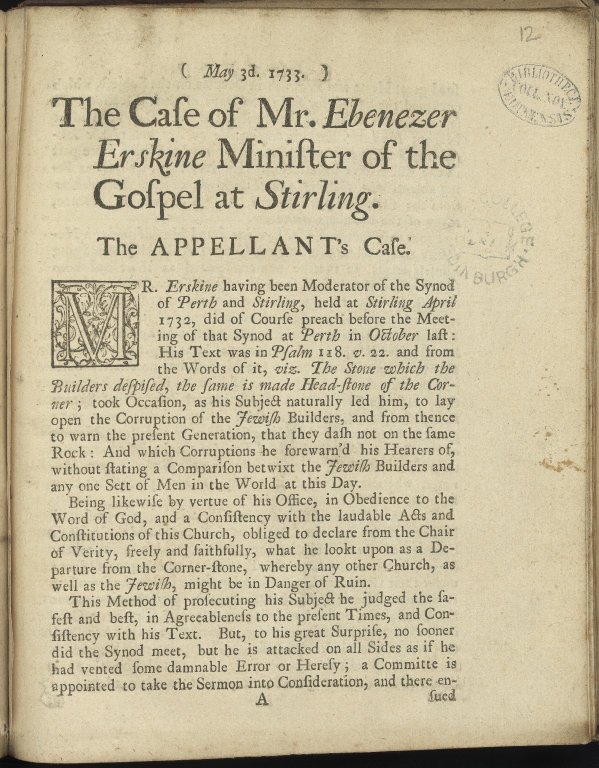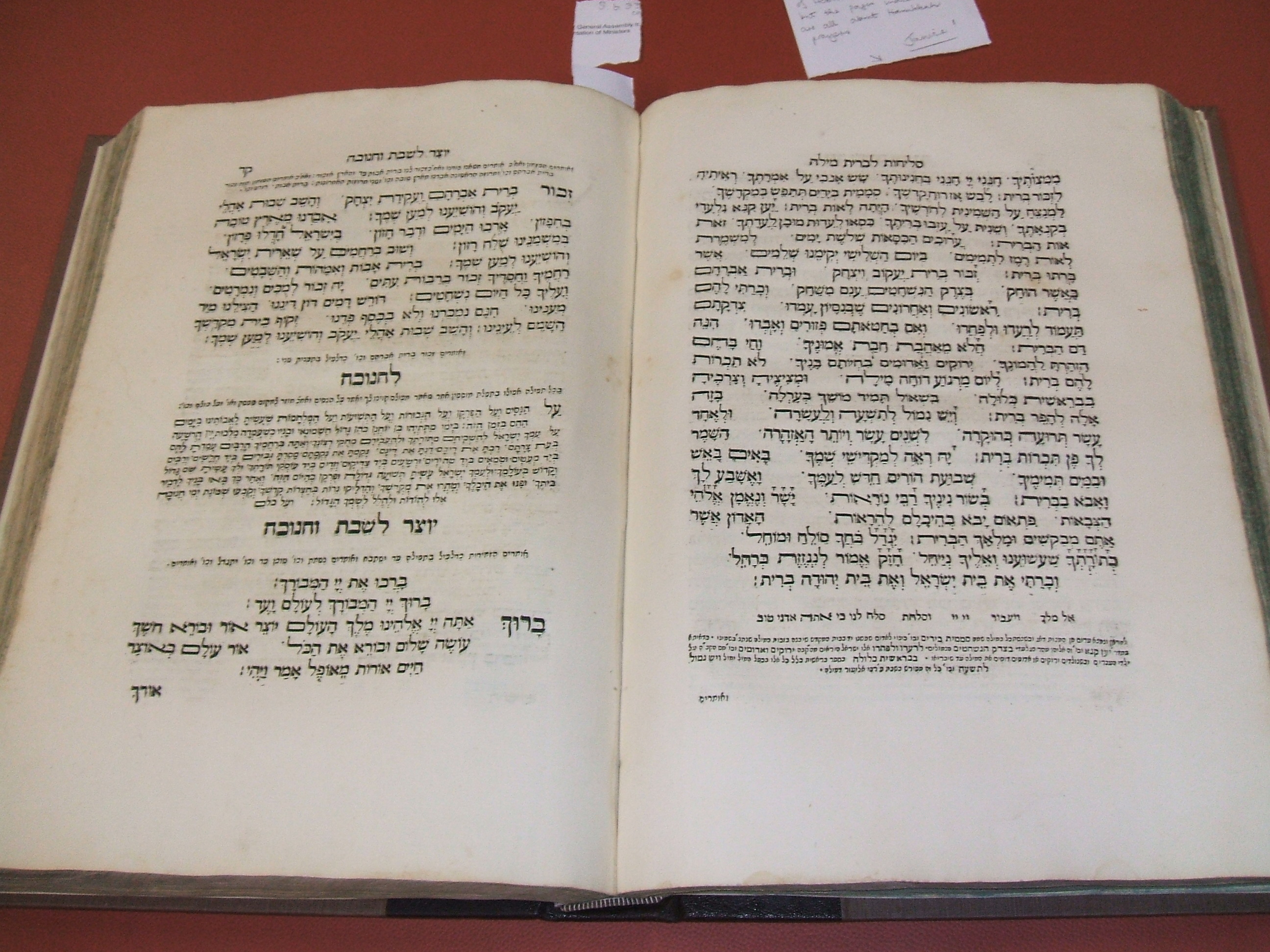One of the current Special Collections cataloguing projects at New College Library is the W4/5 section which includes works on ecclesiastical history and theology. In this collection we were pleased to discover three volumes of the Halle reports, a Protestant missionary magazine from a Danish mission to India in the eighteenth century.
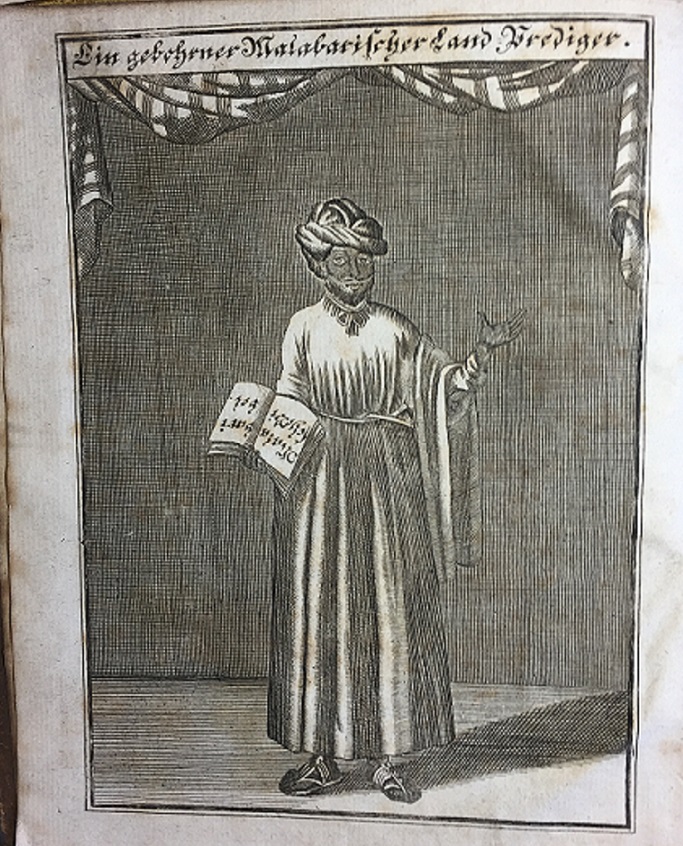
Image from : Dansk-hallensiske mission (Tranquebar, India) Der Königl. Dänischen Missionarien aus Ost-Indien eingesandter ausführlichen Berichten. Erster ( -neunter) Theil. 1718-1772 New College Library W.169-171. Image courtesy of Paul Nicholas
Advised by Dr. A. H. Francke (1663–1727), a professor of divinity in the University of Halle in Saxony, King Frederick IV of Denmark sent two missionaries from Halle to Tranquebar in India. In all over 60 missionaries were sent from Halle in the course of the eighteenth century, and they published their reports as Der Königl. Dänischen Missionarien aus Ost-Indien eingesandter ausführlichen Berichten. Continue reading
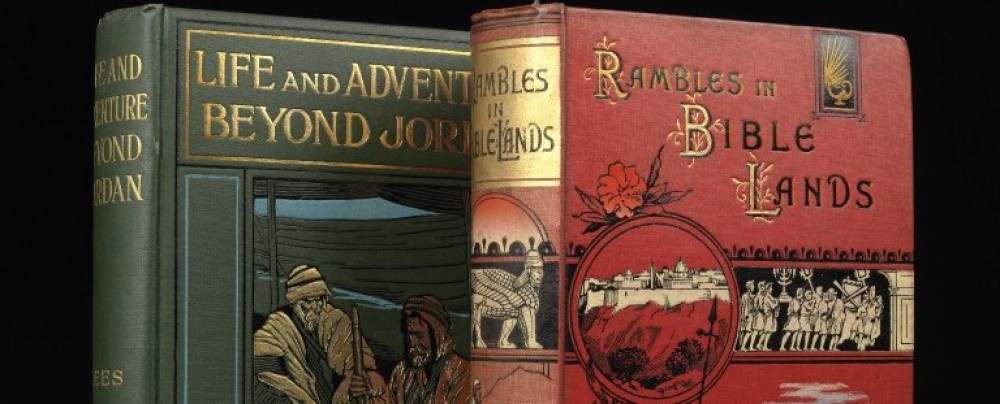
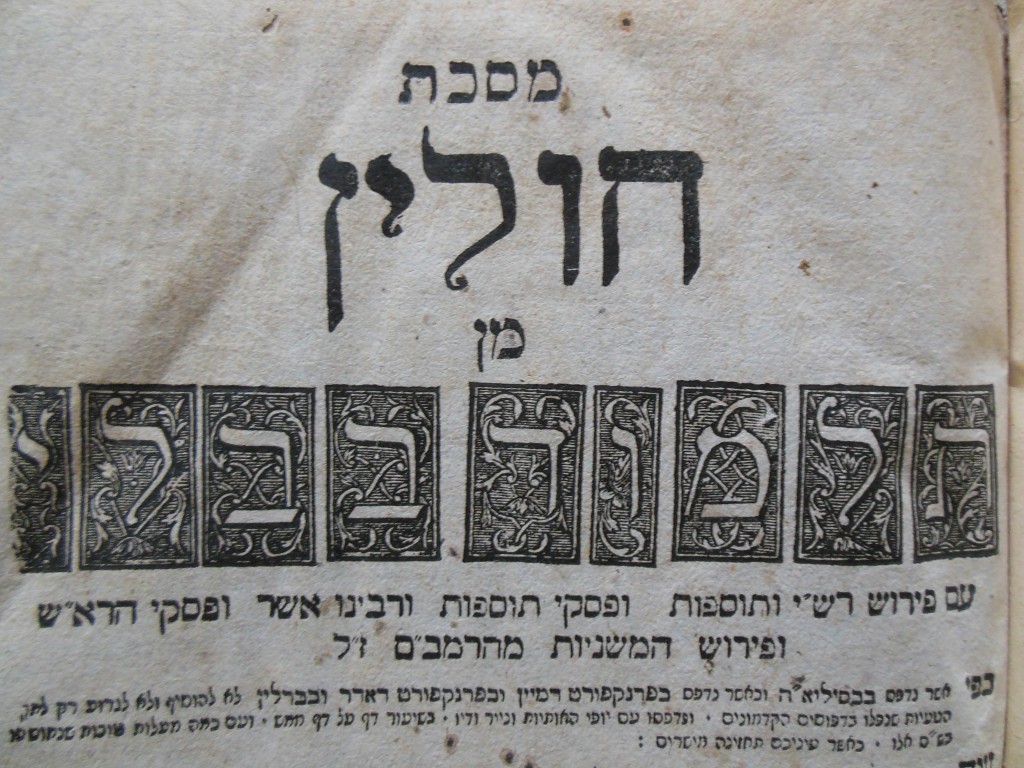
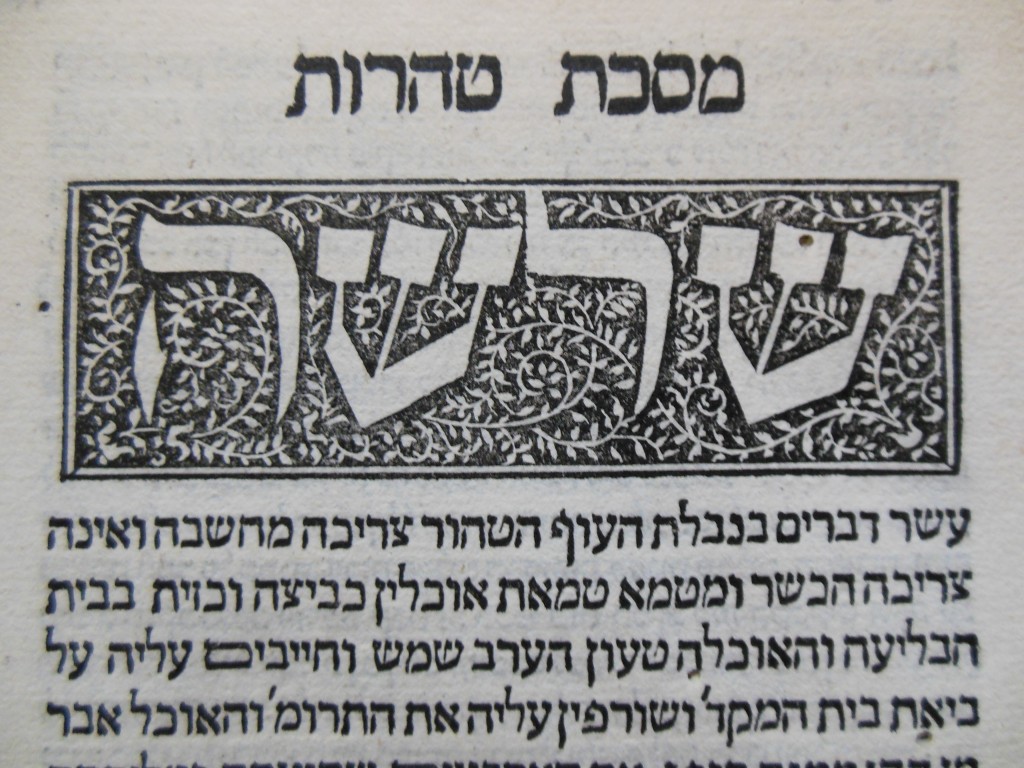
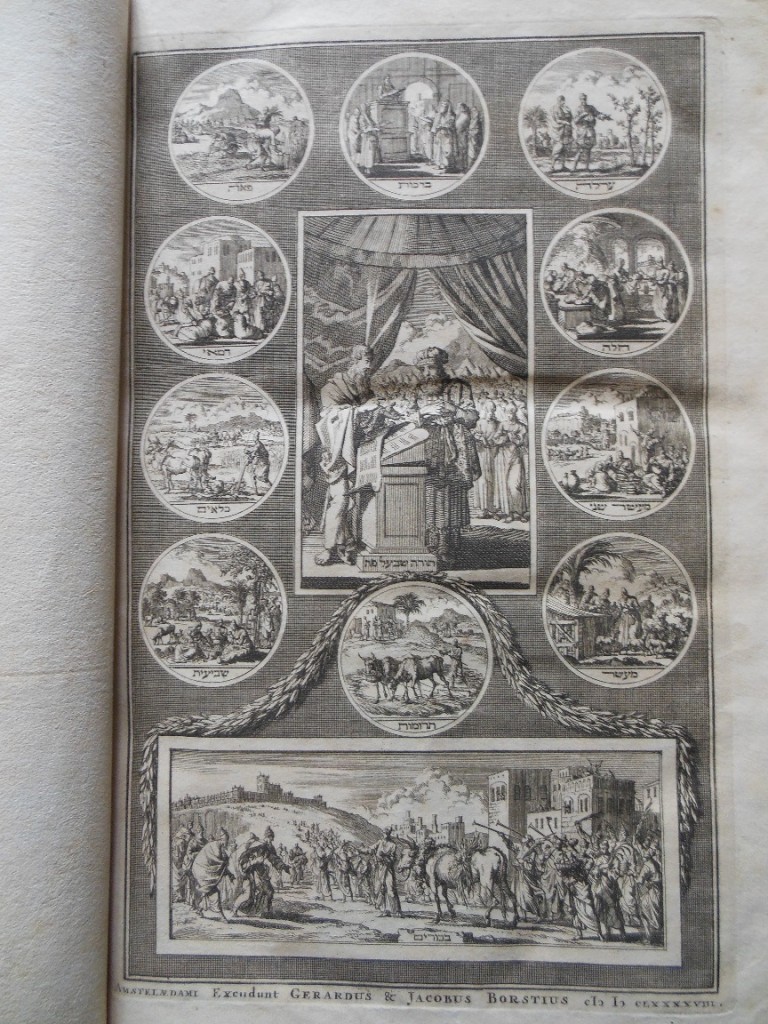


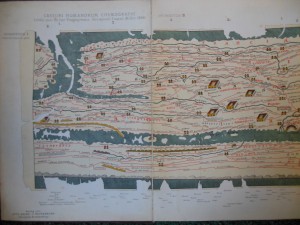




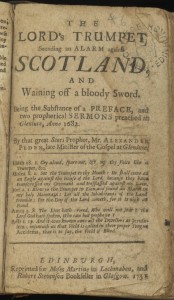
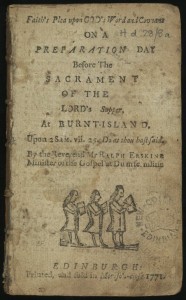
![[Newton, John] / An authentic narrative of some remarkable and interesting particularas in the life of ********* ... London, 1786.](http://libraryblogs.is.ed.ac.uk/newcollegelibrarian/files/2013/07/z-1188.jpg?w=300)
